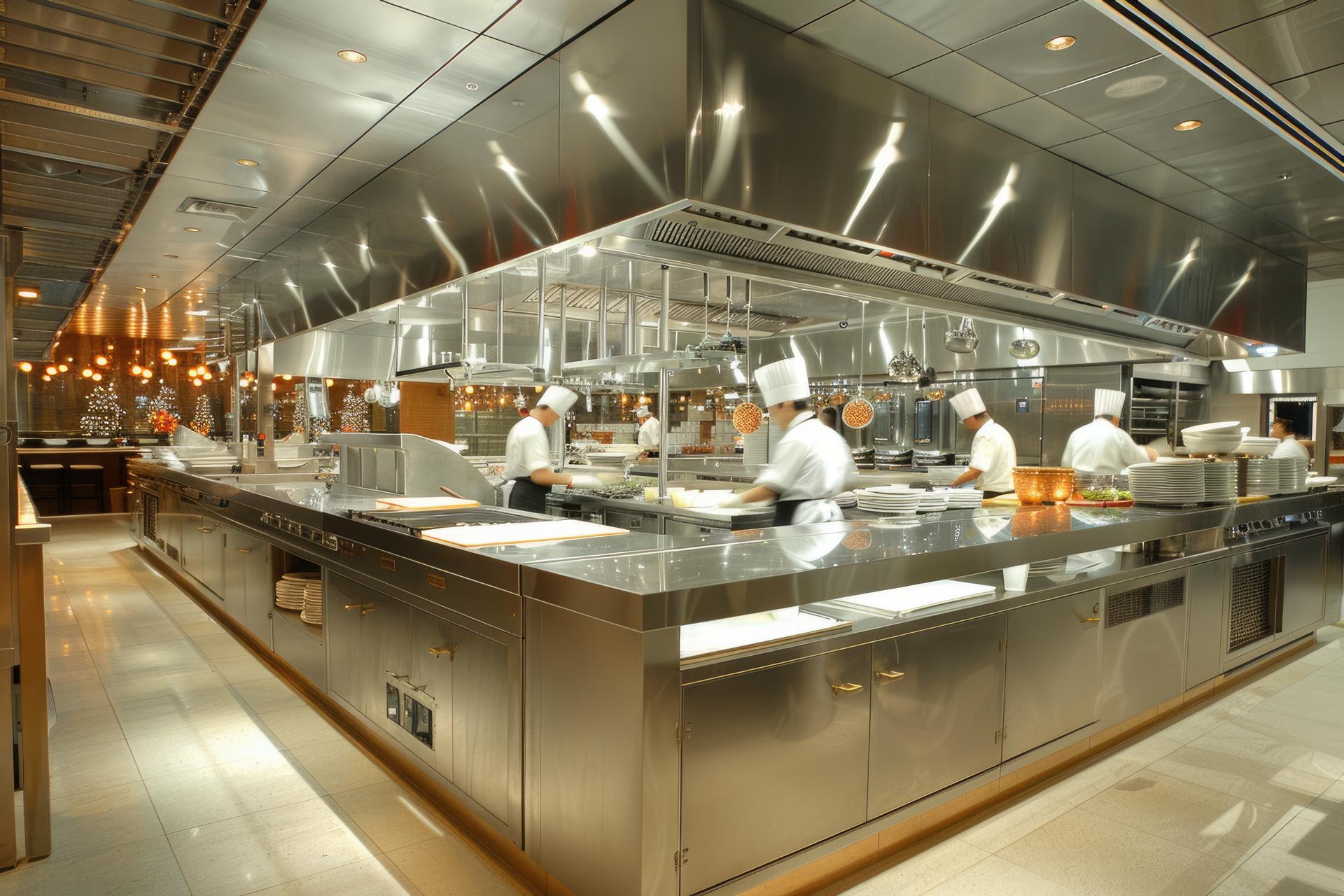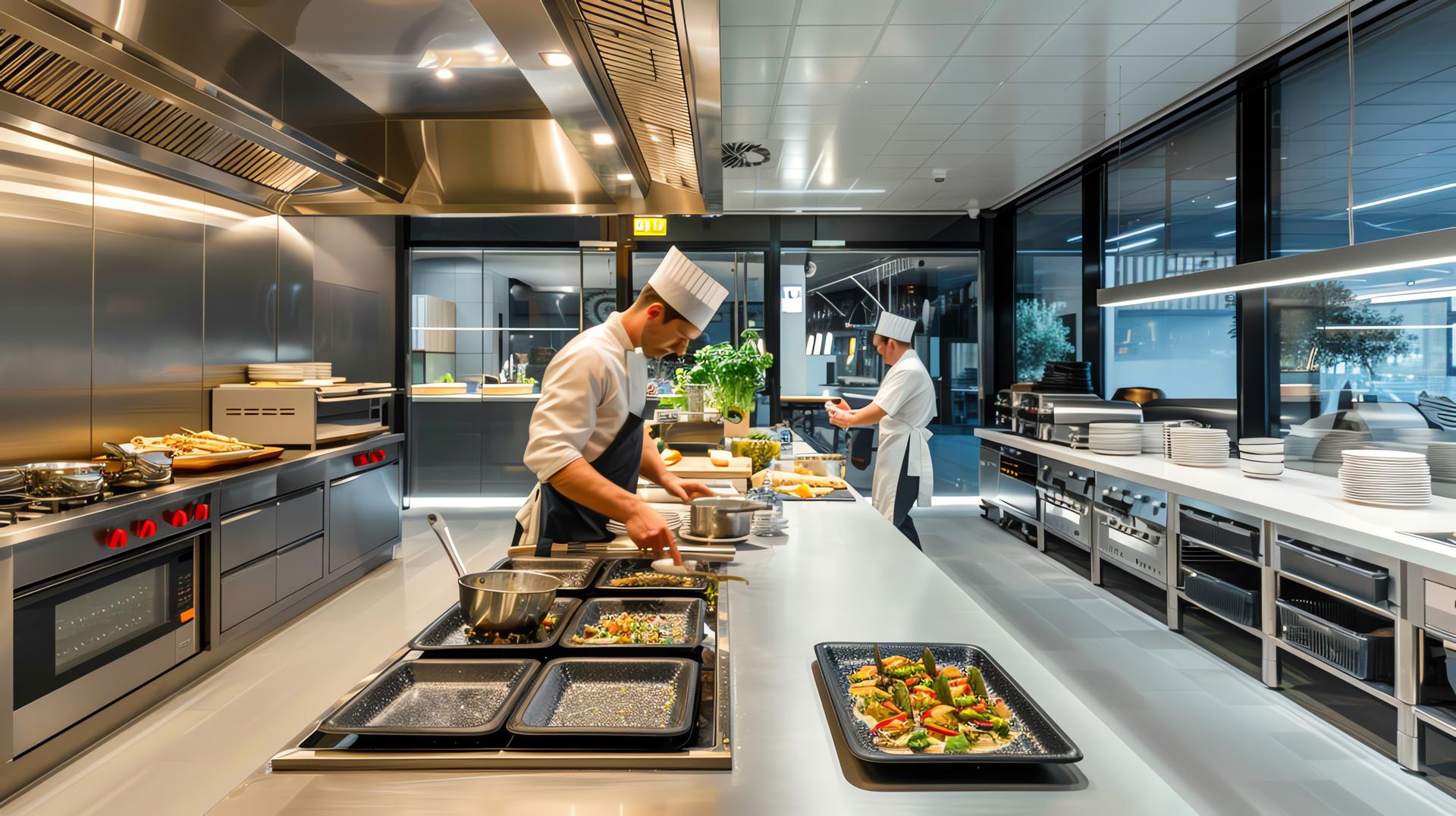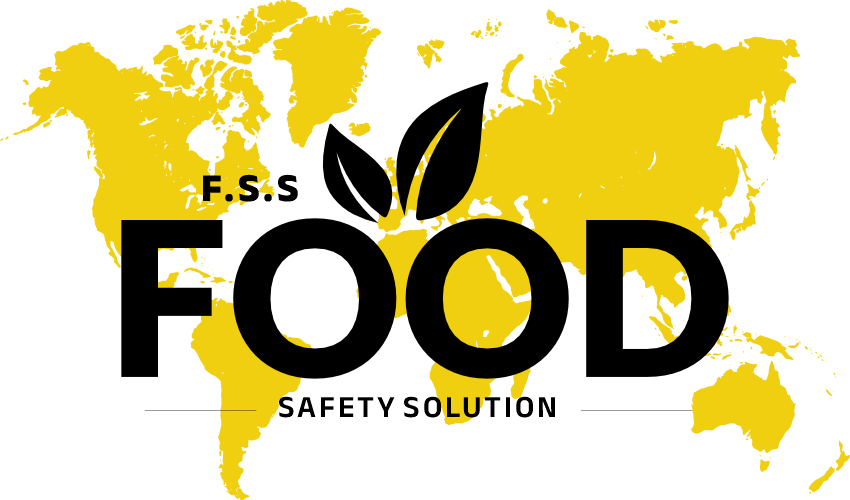- Home
- Food & Drink, Tips of The Week
Ensuring Compliance with Structural Requirements in Your Kitchen
When running a food business, compliance with health and safety standards is crucial, not only for maintaining a good reputation but also for safeguarding public health. Environmental Health Inspectors focus on several key areas when assessing your establishment. In this second part of our series, we’ll delve into compliance with structural requirements, highlighting the specific factors inspectors look for.

What Inspectors Are Looking For
The structure of your premises plays a significant role in ensuring a clean, safe, and hygienic environment for food preparation. The following aspects are critical to maintaining compliance:
Cleanliness: Your kitchen must be thoroughly clean at all times. This includes equipment, surfaces, and floors. Make sure no food debris is left under or behind equipment, as it can attract pests and promote bacterial growth.
Layout: The kitchen should have a well-thought-out layout that minimizes cross-contamination. Keep clean areas separate from those handling raw food to avoid spreading harmful bacteria.
Lighting & Ventilation: Adequate lighting is necessary to ensure that the kitchen is clean and safe for work. Proper ventilation helps in maintaining air quality and temperature, preventing the build-up of moisture, which can lead to mold growth.
Flaking Paint: Any flaking paint, especially near food preparation areas, is a health hazard. Loose flakes can fall into food, posing contamination risks. Inspect your walls and ceilings regularly and fix any peeling or flaking areas promptly.
Bare Wood or Porous Surfaces: Avoid using porous materials in your kitchen as they cannot be properly cleaned. Bare wood is especially problematic since it can harbor bacteria. Ensure all surfaces are easy to clean and disinfect.
Pest Control: To maintain a pest-free environment, ensure that fly screens are installed on opening windows and doors. Regularly inspect the premises for signs of pests, such as droppings or gnaw marks, and address any issues immediately.
Alert: Keep Your Kitchen Clean, Organized, and Pest-Free

Weekly Food Fact: The Importance of Sealing Used Cooking Oil Containers

Conclusion
Staying compliant with structural requirements in your kitchen ensures that you’re running a safe and efficient operation. Regular maintenance and cleanliness, coupled with proactive pest control, can go a long way in ensuring you pass health inspections with flying colors.
By adhering to these guidelines, you not only create a safe space for food preparation but also foster trust among your customers.
Free Consultation
Send a message
Get in touch.
Visit our office
49 Wyke Crescent, Bradford, BD12 9AY
Email us
gurdy@foodsafetysolution.co.uk
Call Us
+44 7575 013217

